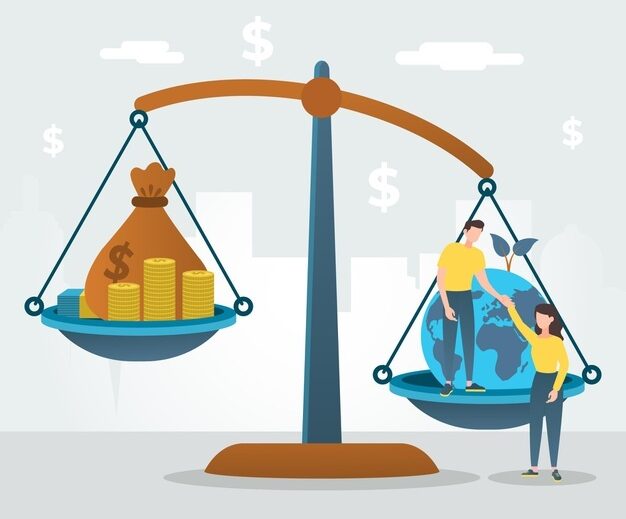
As an entrepreneur looking to grow your business borrowing money or taking debt is necessary to improve your financial standing. While borrowing money or having a debt to some bank or agency might not appear to be the right thing for some, the truth is that not all debts are essentially bad or disadvantageous. To remain financially viable, you must learn to use debt to your advantage.
When used sensibly, strategic debt can be used as a tool to increase one’s long-term financial situation. However, understanding the differences between good and bad debt is a key step in structuring a financially viable company Before taking a loan, ask yourself whether you see the loan generating greater return on investment, or backing the long-term growth of your business.
Good Debt Vs. Bad Debt:
Listed below are some of the key points that can highlight the significant differences between a good debt vs bad debt:
- Good debt is an investment, which is expected to grow in value or generate recurring income in the long term. In contrast, debt can be termed bad debt if it fails to generate revenue, or be repaid reliably.
- Good debts carry relatively low-interest rates and provide tax rebates on the interest paid. Bad debts often have high-interest rates as borrowing costs accrue rapidly.
- Good debt includes business loans that can be repaid sustainably while examples of bad debt include high-interest loans such as payday loans and credit card debt.
- Good debt can help achieve goals, while expensive bad debt can derail them.
How to Avoid Bad Debt?
A purchase that increases your debt and satisfies your immediate desire but fails to provide a lasting benefit is bad debt. So, whatever investment you are making for your business venture, it is essential to question whether the debt you’re gathering will pay you back more than what you have put in.
This seemingly simple question might require a little thought. Once you have factored in interest repayment, principal payment, and the alternate uses of that money, question yourself whether the debt still makes sense? This analysis will help you determine whether the debt is burdensome or beneficial. It’s essential to have sufficient funds to manage unexpected expenses so you can avoid using plastic money or credit card to pay them to avoid getting into bad debts.
It would help if you kept your debit to credit ratio as low as possible to avoid lenders’ portraying yourself as an unreliable borrower. Finally, you should focus on paying the debts on time, and limiting new expenses.
The Bottom Line:
Before investing into your business, it is essential to make intelligent choices about borrowing to ensure that your debt doesn’t become overwhelming. While good debt can drive your business forward in a sustainable way, bad debt can limit or even threaten the existence of your company.
